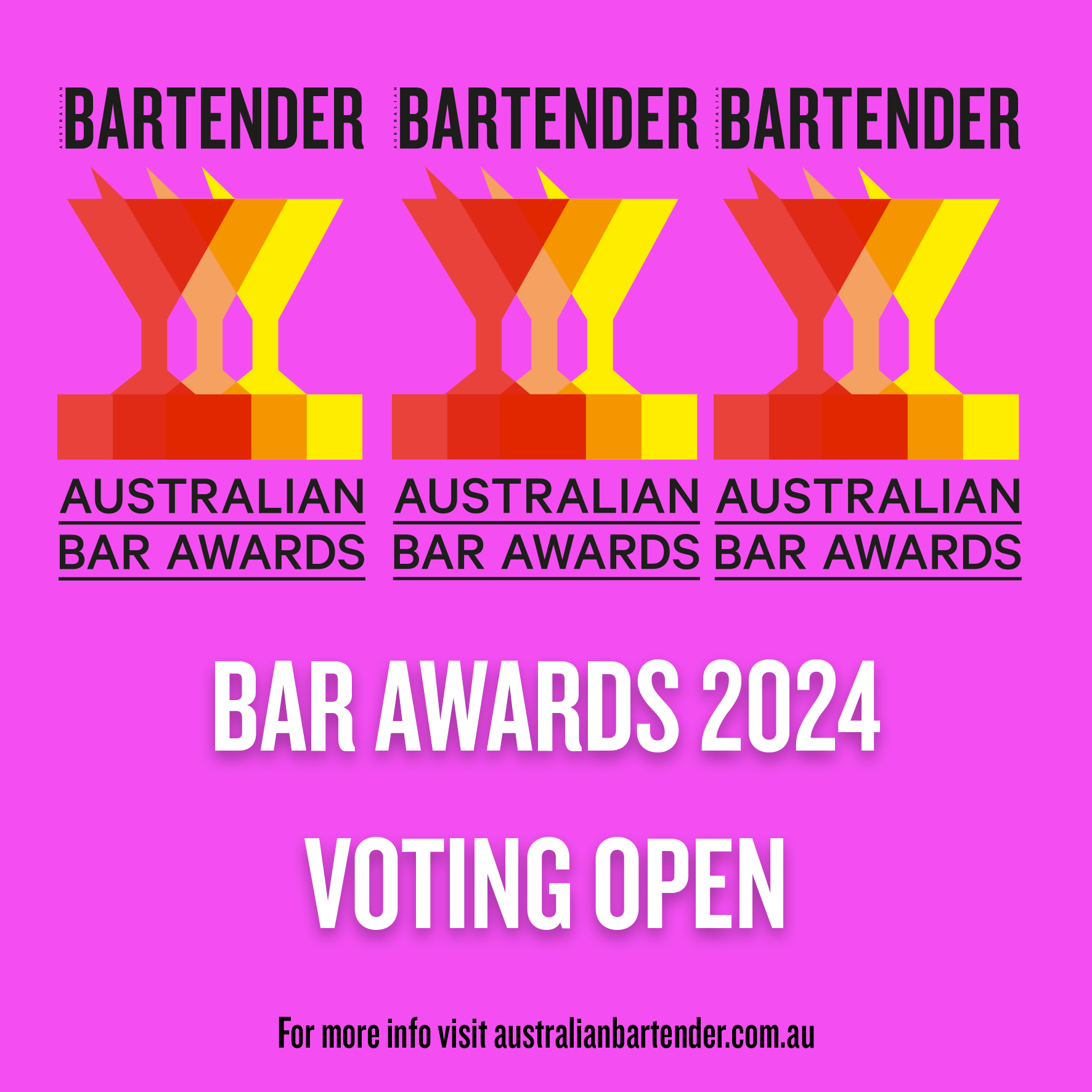 By Tim Pope, owner of PAR. Melbourne. Follow him @lordofthetins
By Tim Pope, owner of PAR. Melbourne. Follow him @lordofthetins
Let’s just start with what we are all thinking. What on earth is carbonic acclimation?
Well to sum it up, it is the process we use here a PAR to introduce small, controlled amounts of carbonic acid into our Signature NEO cocktails over the 72-hour preparation time enhancing both the texture and longevity of the cocktail.
What is carbonic acid? And what does it do?
Carbonic acid is essentially carbon gas, this is present in all forms of carbonated drinks. In more technical aspects it is a carbon-containing compound which has the chemical formula H2CO3. and is basically a derivative of carbon dioxide that has dissolved in water. What does it do? I’m sure many of you have had a glass of sparkling water for a shift, got slammed and come back to it only to find it has gone flat? But if you think about it even when flat, did that water taste the same as regular tap water? And the answer to that would be no. Flat carbonated water still has texture and a touch of acidity which is the main point of this article.
 How do traditional cocktails behave with this carbonic acclimation?
How do traditional cocktails behave with this carbonic acclimation?
Now I am in no way trying to state that using carbonated water in cocktails is breaking the mould. For example, many classic cocktails call for a splash of sparkling water in the recipe, take if you will the daily cocktail. At its roots is a cocktail sour with a splash of sparking or “club” soda.
Now from a technical standpoint, all the drinks we know and love are built in a tiered system. We layer flavours. For example, your classic daiquiri consists of booze/citrus/sugar/dilution. When we build these drinks, we add various textures and temperatures together and then bring them to an equilibrium. That equilibrium however is a tiered product meaning while still perfectly balanced after mixing, over time the layers split and reform into a structure based on temperature. So, the daiquiri, for example, when left for a while gets heavily sour. This is not because there is more citrus added, it’s purely from the reshuffle of the layers and the sour component being the most prominent component at that temperature.
I’m sure many of you have had a glass of sparkling water for a shift, got slammed and come back to it only to find it has gone flat? But if you think about it even when flat, did that water taste the same as regular tap water? And the answer to that would be no. Flat carbonated water still has texture and a touch of acidity which is the main point of this article.
How our neo cocktails are made.?
If you have made it into PAR, you have definitely heard this spiel before, but like a lot of us I have so many places I need to visit but life gets in the way. So, for everyone that hasn’t had a chance here is the chat. PAR is a high concept, low-tech venue that has developed a unique signature approach to the cocktail experience. We have drawn inspiration from both the cocktail scene and the wine market. We wanted to make a venue that tapped into both aspects of the industry providing all the customisation of cocktails with the drinkability of wine.
How we do that is we build our drinks like a wine over 72hrs. First, we implement a reverse sous vide method where we buy fresh from the market, wash and cut to ensure the maximum surface area before freezing for at least 24 hours. We do this to break down the cell wall and put the fresh ingredients into stasis before pitching into the pre-balanced liquid, similar to wine where to make a strawberry wine you add fresh not an extract/syrup.
On paper, we make cocktails in a wine glass, but to achieve this we factor in the entire life cycle of every ingredient. For example, every pinot noir tastes like a pinot noir but they all have different flavour profiles and characteristics due to the interactions the liquid takes over the process. Ours is a condensed expression as we don’t have to factor in fermentation. But our flavour goal is similar to wine in that we want consistency. What separates us, is the neo cocktails taste the same from start to finish but they have subtle spikes in intensity but they finish on being the pinnacle of the experience. It’s kind of like being welcomed, and looked after, but at the end, you get told to fuck off. What do you remember? The negative right!? How many of us have made a banger of a drink and the guest has sat on it for 30 minutes and then complains? Not our fault and not theirs, it’s just chemistry.
 Everyday application to cocktails
Everyday application to cocktails
So you’re probably wondering why am I reading this article? Well, we have recently included classics into our offering at PAR. and it’s not because we hate traditional cocktails. Couldn’t be further from the truth. We love them. My favourite is a Boulevardier with Cynar at Black Pearl on the rocks. We just couldn’t have them as an option when starting up because people gravitate to what’s comfortable and quite frankly, we would have got nowhere doing the safe shout.
But utilising the carbonic ice in our classic offering has made a massive difference. Remember earlier when I mentioned sparkling water tastes different, it’s the carbonic acid that helps bond the molecules preventing the split that we have been talking about. It doesn’t prevent it totally, it just slows it down. So, for your Old Fashioned/Manhattan you are going to get mad texture and brightness without the need for citrus but that cocktail has at least 3 to 4 mins extra shelf life by the acid bonding the molecules. Just through chemistry.
How it works is you just have to freeze carbonated water…. Yep, that’s it at its core. For stir downs or shakes 1 block first of carbonated ice topped with regular for temperature. Shaking block carbonated and half 5cm cube of normal. The key with carbonic acclimation is that you are changing nothing from your usual method; we are just changing the ice construction and adding the slow release of acid. We could add straight soda but on a molecular level they split drinks resulting in spirit topped with carbonated liquid. We want an integration of flavour and texture so your Old Fashioned has all the booze notes but with a touch of brightness and texture without a 2:1 syrup. As it is slowly incorporated they bond and lengthen instead of split.
New techniques are like riddles.
Tony Huang (my partner at PAR) and I are big advocates of the concept that all major breakthroughs in the hospitality industry are like riddles, unless you know the answer it sounds super complicated but we appreciate the fact that once you have worked it out it seems so simple and anyone can make that breakthrough regardless of seniority. Some of the best advice I have had came from a bussy. The key is working out the problem. And developing a suitable solution.
In closing, I truly believe there is no wrong way to make a cocktail as long as it’s tasty because at its heart, isn’t that what we all strive for in a cocktail that makes the guest smile? Because no matter the level we put drinks in cups.
Vespa PAR style.
Bombay Premier Cru Secco
Lillet Blanc
Buddha hand Lemon verbena
Mineral water 38 psi
Vespa traditional
Bombay Premier Cru
Grey Goose vodka
Lillet Blanc
Carbonic ice
Lemon twist


